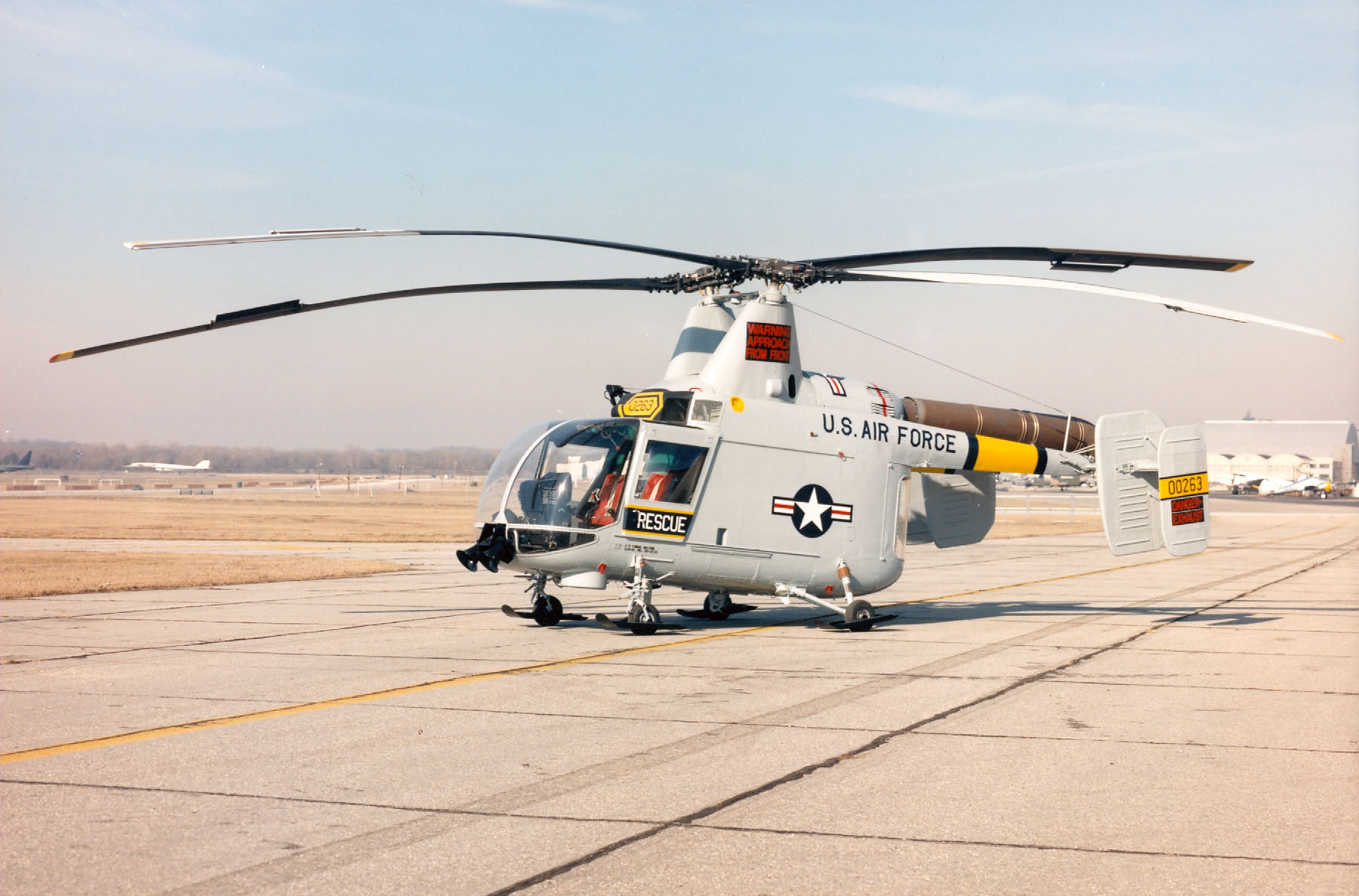

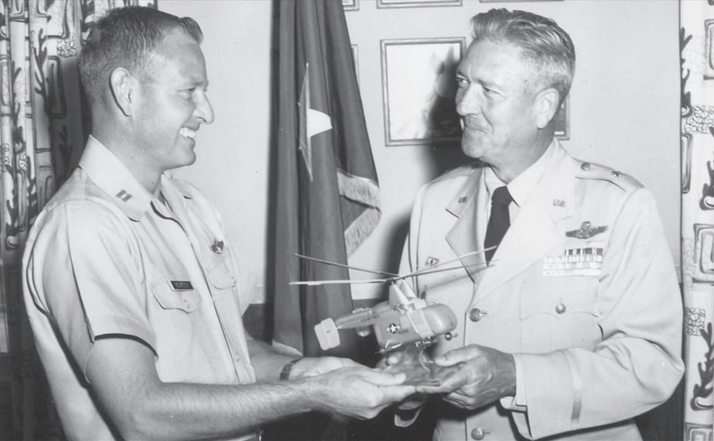
Captain McMeen was awarded the Distinguished Flying Cross for his achievement.
This same helicopter set a World Record for Altitude Without Payload at 10,010 meters (32,841 feet), 18 October 1961.² It was flown by Lieutenant Colonel Francis M. Carney over the Kaman plant at Bloomfield. Connecticut. The following week, on 24 October 1961, Colonel Carney set six more world records, flying the HH-43B to 3,000 meters (9,853 feet) in 2 minutes, 41.5 seconds;³ 6,000 meters (19,685 feet) in 6 minutes 49.3 seconds;⁴ and to 9,000 meters (29,528 feet) in 14 minutes, 31 seconds.⁵ Captain Richard H. Coan set a World Record for Distance Over a Closed Circuit Without Landing, when he flew 60-0263 1,055.16 kilometers (655.65 miles), at Mono Lake, California, 13 June 1962.⁶ Captain Chester R. Radcliffe, Jr., set an FAI World Record for Distance Without Landing when he flew the Huskie from Hill Air Force Base, Utah, to Springfield, Minnesota, a distance of 1,429.80 kilometers (888.44 miles), 5 July 1962.⁷
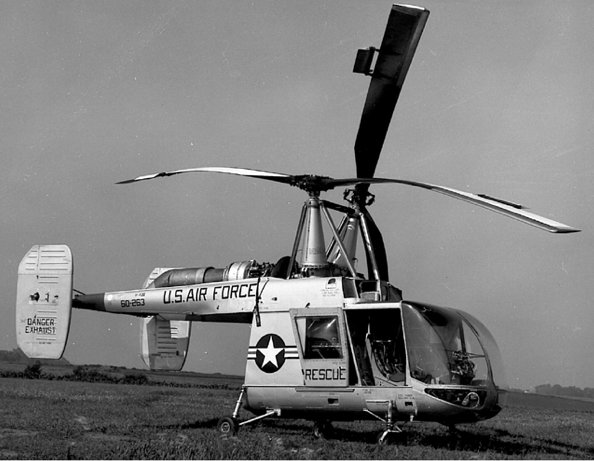

A turboshaft engine drove a unique system of counter-rotating and intermeshing rotors to provide lift, thrust and directional control. The counter-rotation cancelled the torque effect so no anti-torque, or tail, rotor was necessary. This allowed all of the engine’s power to drive the main rotor system.
The fuselage of the H-43B was 25 feet, 2 inches (7.671 meters) long. Each rotor had a diameter of 47 feet, 0 inches (14.326 meters). It’s height was 15 feet, 6½ inches (4.737 meters). The helicopter’s empty weight was 4,470 pounds (2,028 kilograms) and its maximum gross weight was 8,800 pounds (3,992 kilograms).*
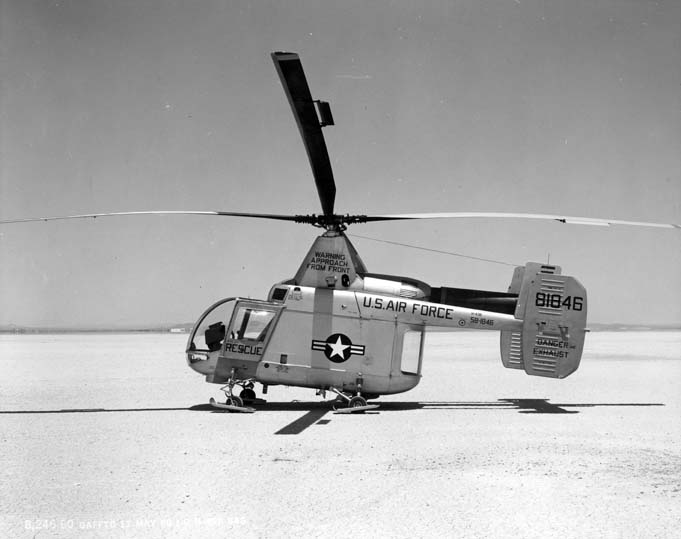

The Huskie’s economical cruise speed was 98 miles per hour (158 kilometers per hour), and the maximum speed was 120 miles per hour (193 kilometers per hour). Its hover ceiling out of ground effect (HOGE) was 18,000 feet (5,486 meters), and in ground effect (HIGE) was 20,000 feet (6,096 meters) and it had a range of 235 miles (378 kilometers).

With the call sign Pedro, the HH-43 was a rescue helicopter that served in combat during the Vietnam War.
The record-setting Kaman HH-43B Huskie 60-0263 was last assigned to Detachment 3, 42nd Aerospace Rescue and Recovery Squadron, Kirtland Air Force Base, New Mexico. It is in the collection of the National Museum of the United States Air Force, Wright-Patterson Air Force Base, Ohio.
Walter Carlton McMeen was born 22 July 1926 at Lamesa, Dawson County, Texas, He was the son of Ralph Evan McMeen, an oil company truck driver, and Nannie Dee Price. At the age of 17 years, Walter enlisted in the United States Navy, 29 March 1944. He served as a fireman aboard the Fletcher-class destroyer USS Young (DD-580). Following World War II, Fireman 1st Class McMeen was released from active duty, 16 May 1946.
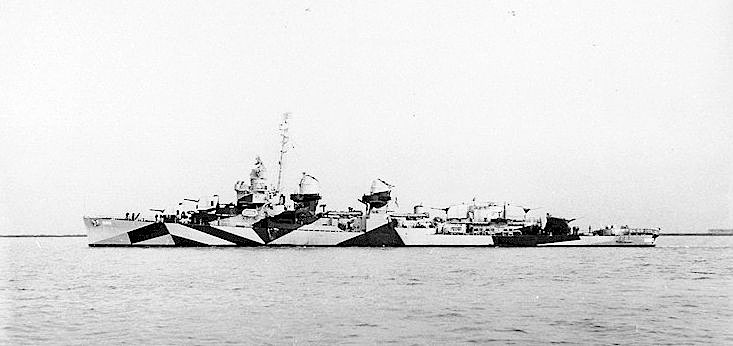
McMeen studied at Texas Technological College, Lubbock, Texas, but in 1950, he left school to enlist as an aviation cadet in the U.S. Air Force. He was sent to pilot training at Williams Air Force Base, southeast of Phoenix, Arizona.
Aviation Cadet McMeen married Miss Lena Fay Boykin of Dallas, Texas, at Williams AFB, 28 Oct 1950. The wedding was presided over by an Air Force chaplain. They would have four children.
Walter C. McMeen was commissioned as a second lieutenant, U.S.A.F., 10 February 1951. He flew 100 combat missions in fighter bombers during the Korean War. He then served as an instructor at Nellis AFB, near Las Vegas, Nevada.
Lieutenant McMeen transitioned to the Piasecki H-21. In three years at Nellis, he rescued 49 pilots. He was then assigned to Luke AFB. During the next four years, in addition to 31 Air Force personnel, McMeen rescued 41 civilians and brought them to safety.
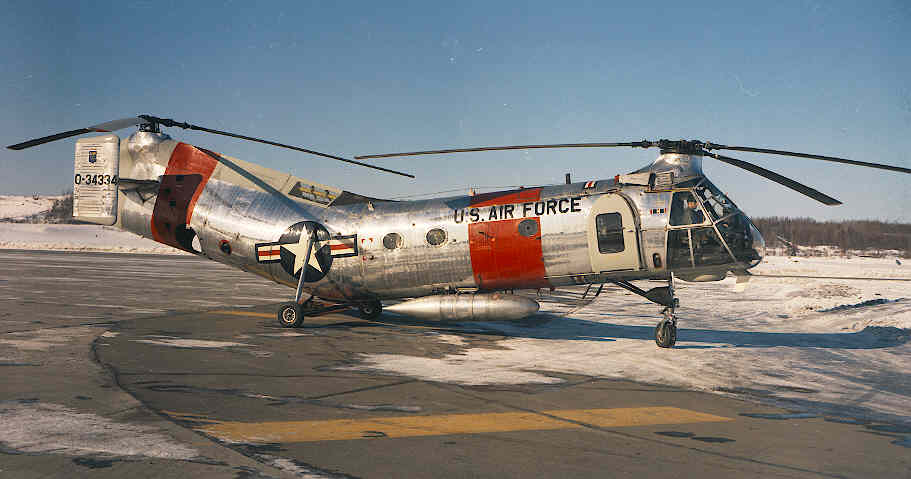
In 1955, using an ax to chop through the canopy of a burning North American Aviation F-86 Sabre, Lieutenant McMeen saved the life of the fighter’s pilot. For this action he was awarded the Soldier’s Medal.
On 12 April 1960, Captain McMeen accepted the first Kaman H-43B at the factory in Bloomfield, Connecticut. He flew the new helicopter to Langley, Virginia, where it was loaded aboard a Lockheed C-130 Hercules and transported to Luke AFB, Arizona.
In 1968, Major McMeen commanded Detachment 16, Western Aerospace Rescue and Recovery Center at Williams AFB.
Major McMeen retired from the Air Force 1 July 1970.
McMeen was fatally injured 28 December 1984, at San Diego, California. He was a passenger aboard a Bell 47G-3B-1 helicopter, N474MP, attempting to land aboard M/V Olga del Pacifico, a 70.01-meter, 1,111 gross ton Mexican-registered tuna seiner which was tied up alongside the 10th Avenue Terminal in San Diego Bay. The pilot, James McDonald, did not see a crane boom which was positioned over the ship’s helideck. McDonald was critically injured, but McMeen died at Physicians and Surgeons Hospital at 4:15 p.m.**
Major Walter Carlton McMeen was buried at the National Memorial Cemetery of Arizona, Phoenix, Arizona.
¹ FAI Record File Number 13154
² FAI Record File Number 1870
³ FAI Record File Numbers 13057 and 13135
⁴ FAI Record File Numbers 13056 and 13136
⁵ FAI Record File Number 13137
⁶ FAI Record File Number 1258
⁷ FAI Record File Number 13208
* Maximum overload gross weight is 9,150 pounds (4,150 kilograms) at a load factor of 2.0
** The helicopter, manufacturer’s serial number 6531, was repaired and returned to service. It was later registered N811MS and N9296U. The FAA registration was cancelled in 2013.
© 2020, Bryan R. Swopes
Very interesting. I got checked out at the factory in the Early 60’s. I was doing a rotor head inspection when Someone
jumped up to help. It was Charlie Kamam. I had over 1000 hours before going to jolly green HH 53 in SEA
Col. Carney was Capt. Carney, back in the early 50s, and flew H-19s, at Shaw AFB, and was my Little League Baseball coach, around 53, 54. I saw his HH-43B, in the hanger, at the Air Force Museum, at Wright Patterson AFB, Dayton, Ohio. Read the plaque, with Col. Carney’s name, and record setting Altitude. I told my wife, that Carney was my Little League coach.
Were the landings from the altitude records accomplished with auto-rotation?
Thank you.
I do know that Jean Boulet autorotated from his world record altitude of 12,442 meters (40,820 feet), 21 June 1972, because when he retarded power to begin his descent, the Aérospatiale SA 315 Lama’s Turboméca Artouste IIIB flamed out. I don’t know whether or not other helicopter pilots entered autorotation after achieving their record altitudes, but I would not be surprised if they did.
Nice post
Thank you.
…auto rotation recoveries were a common Kaman method. The first turboshaft Kaman 225 used this method.